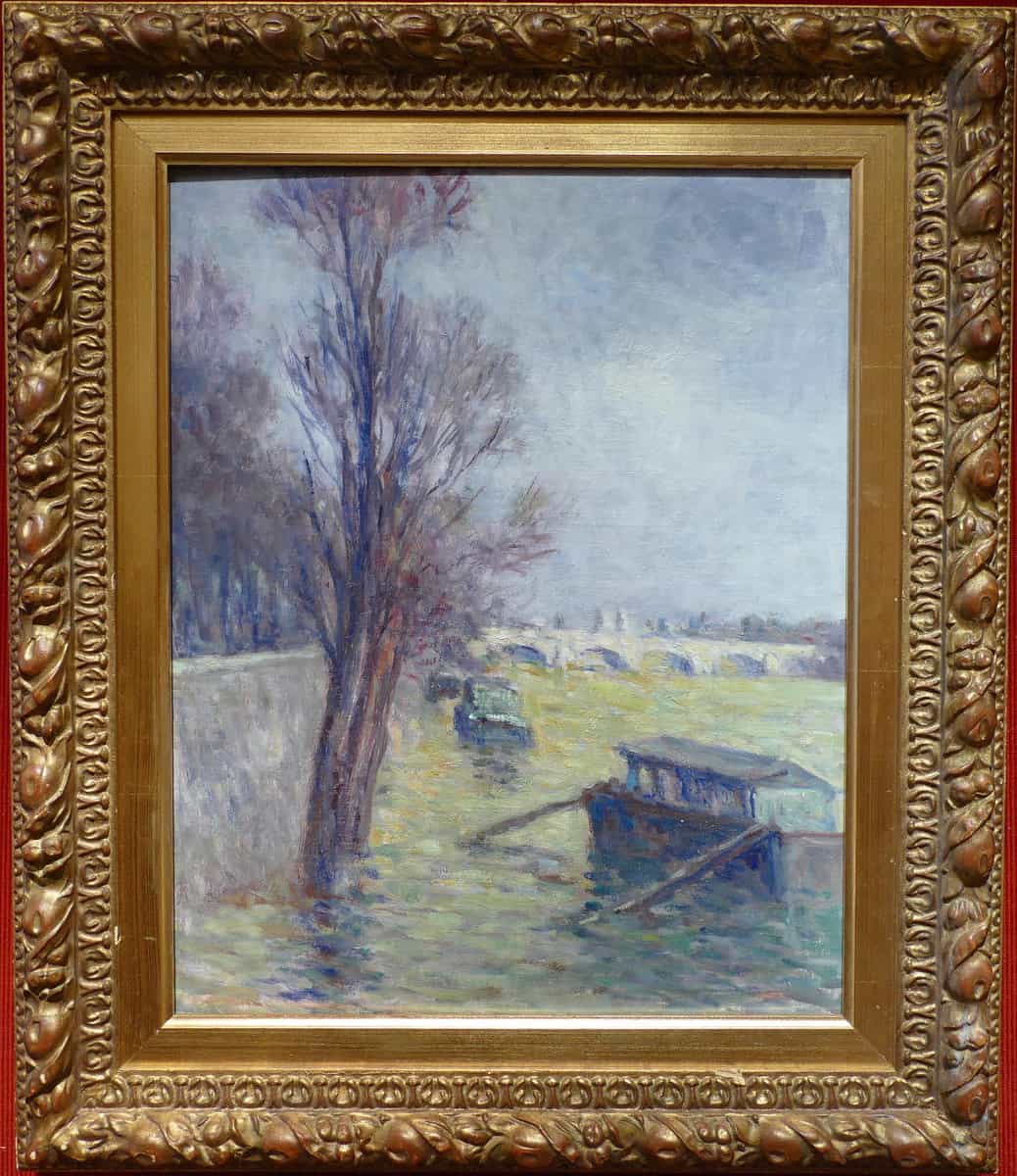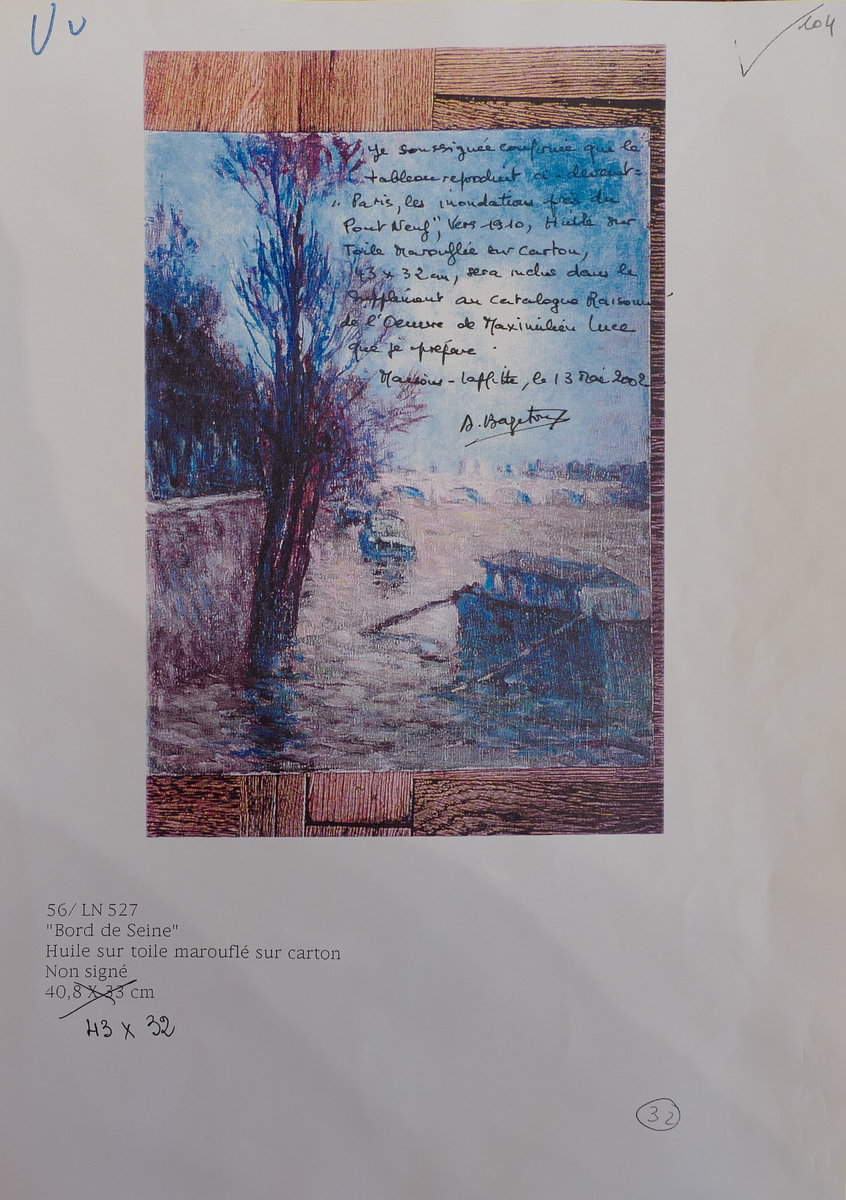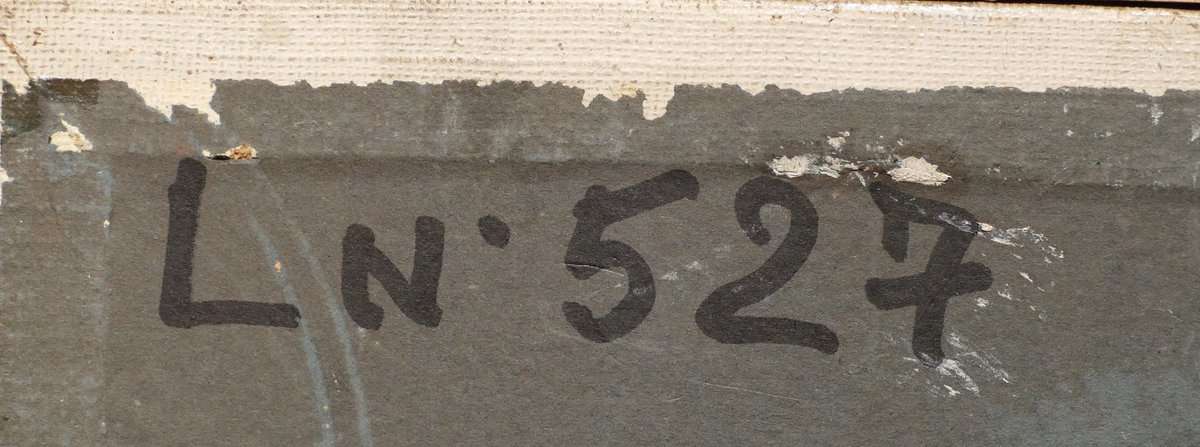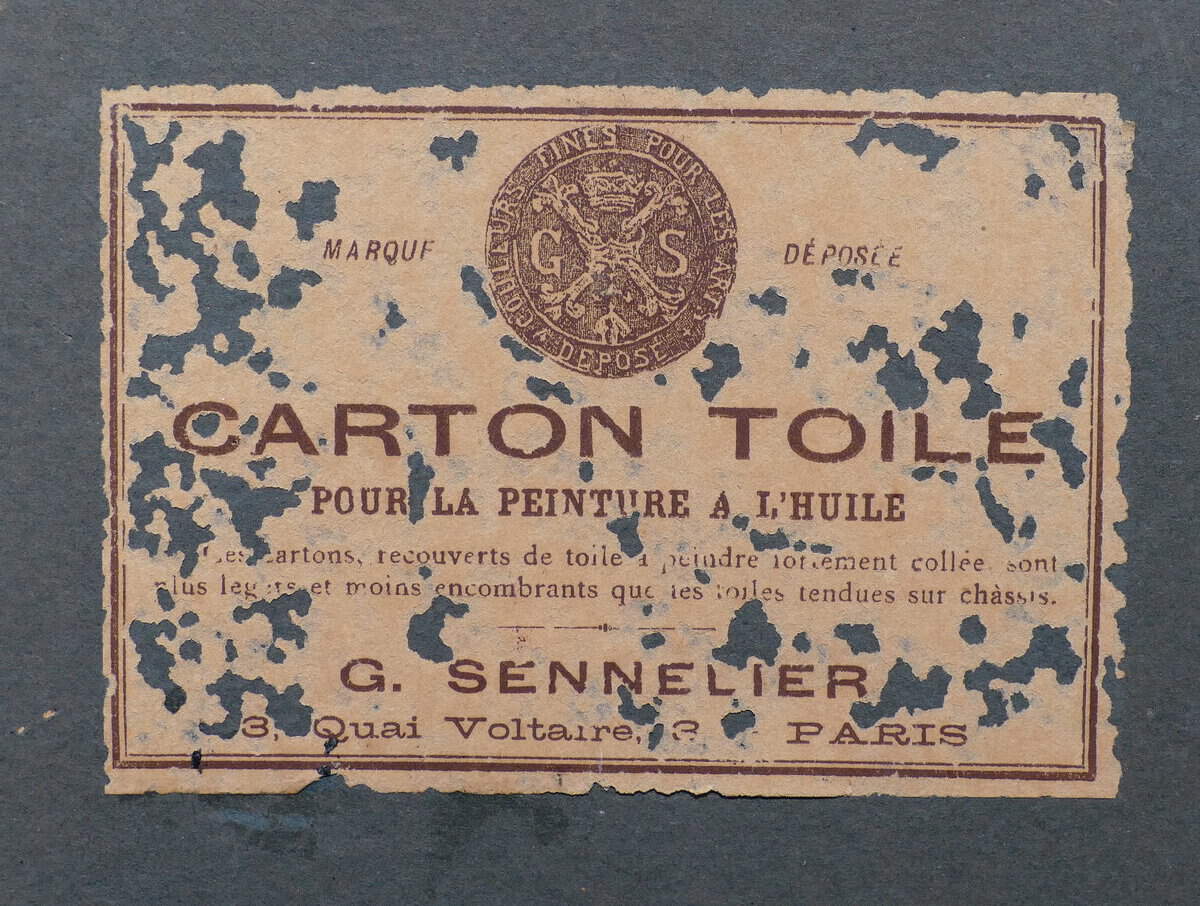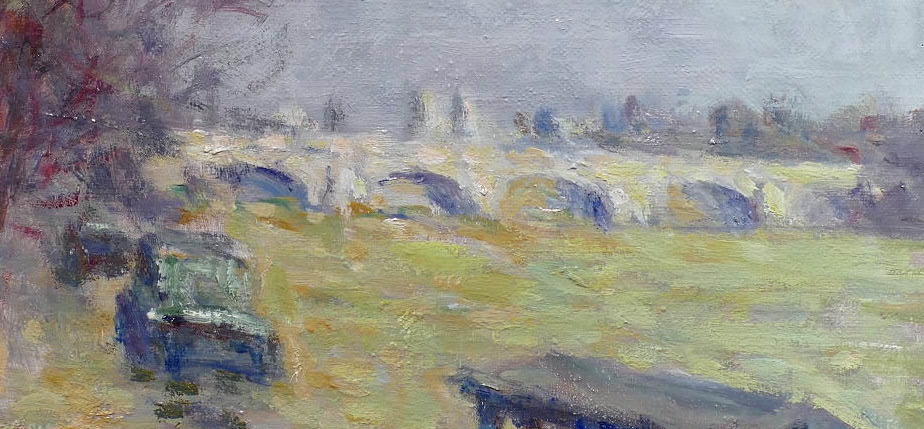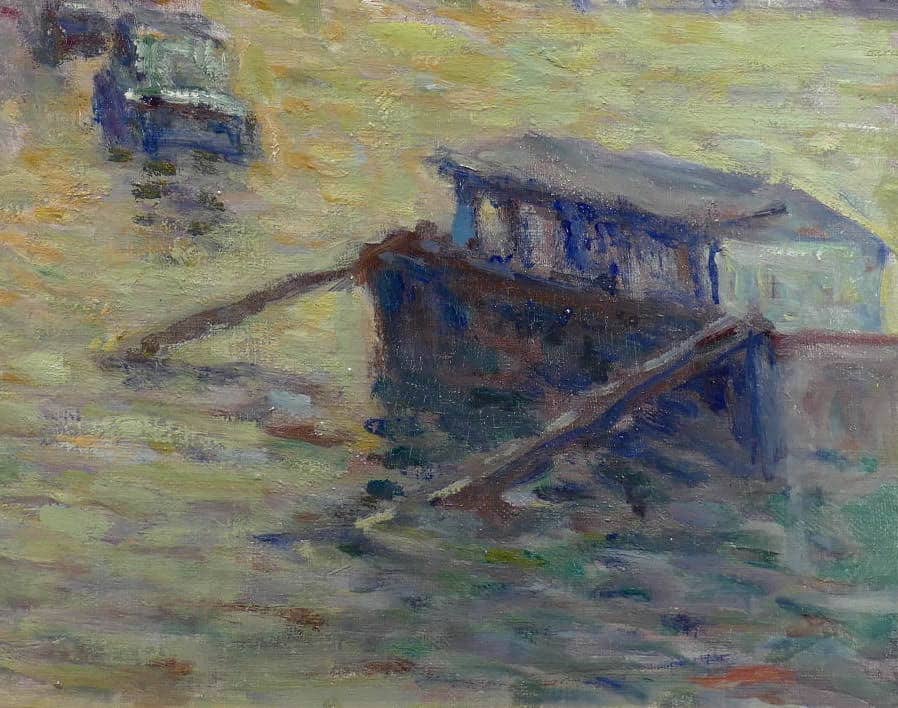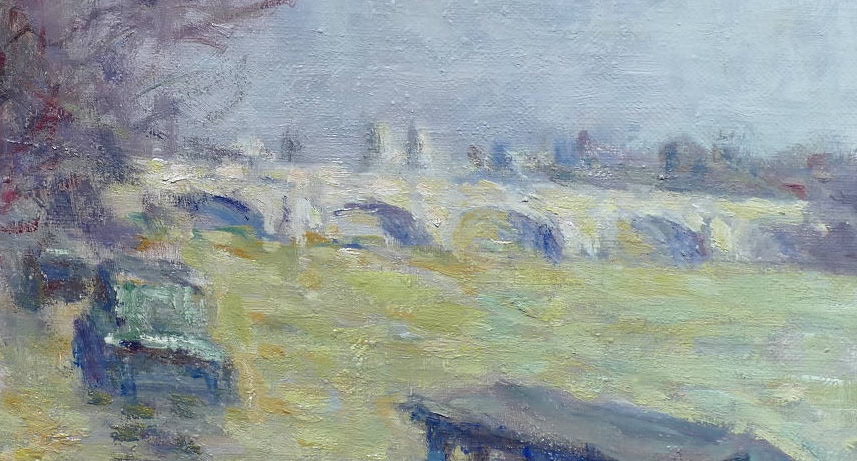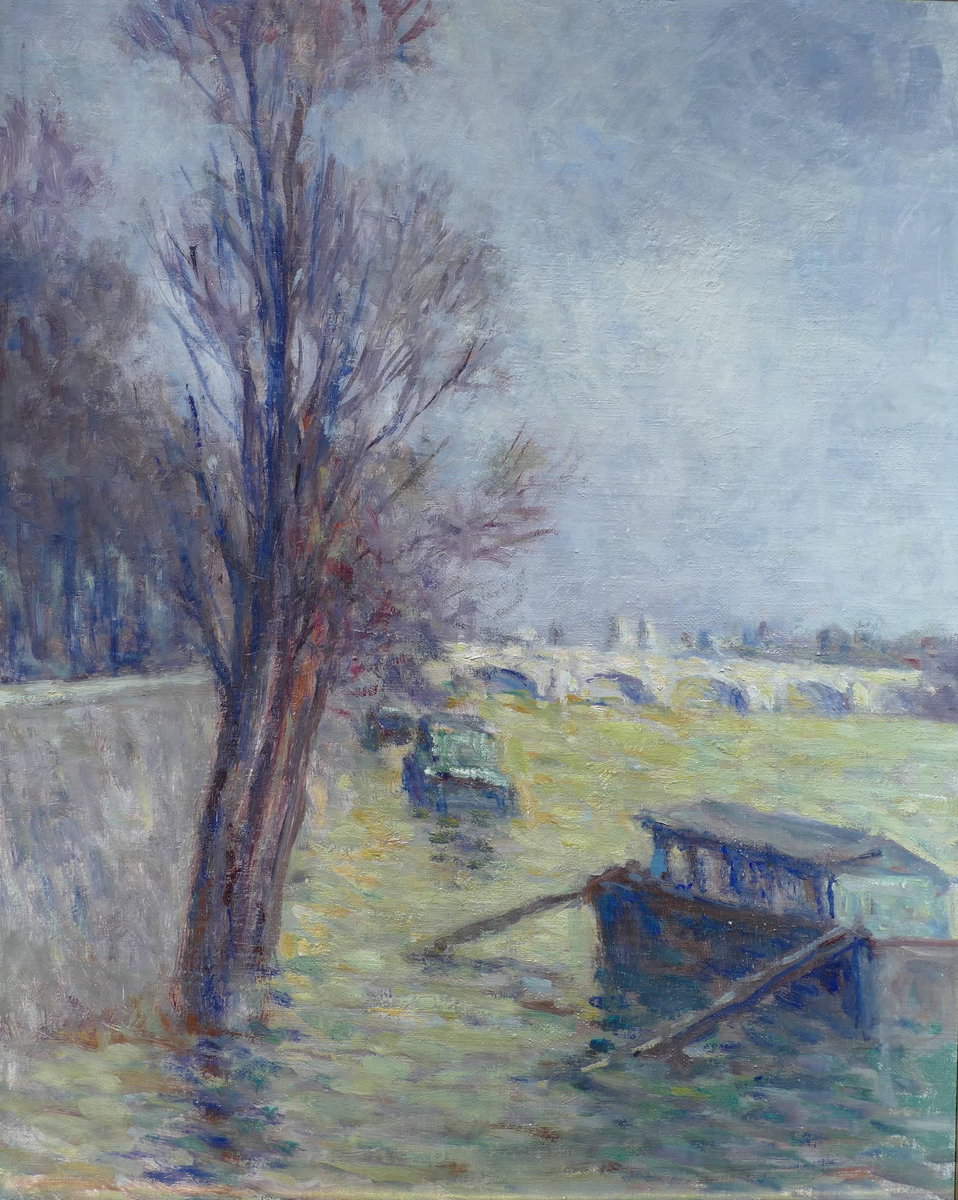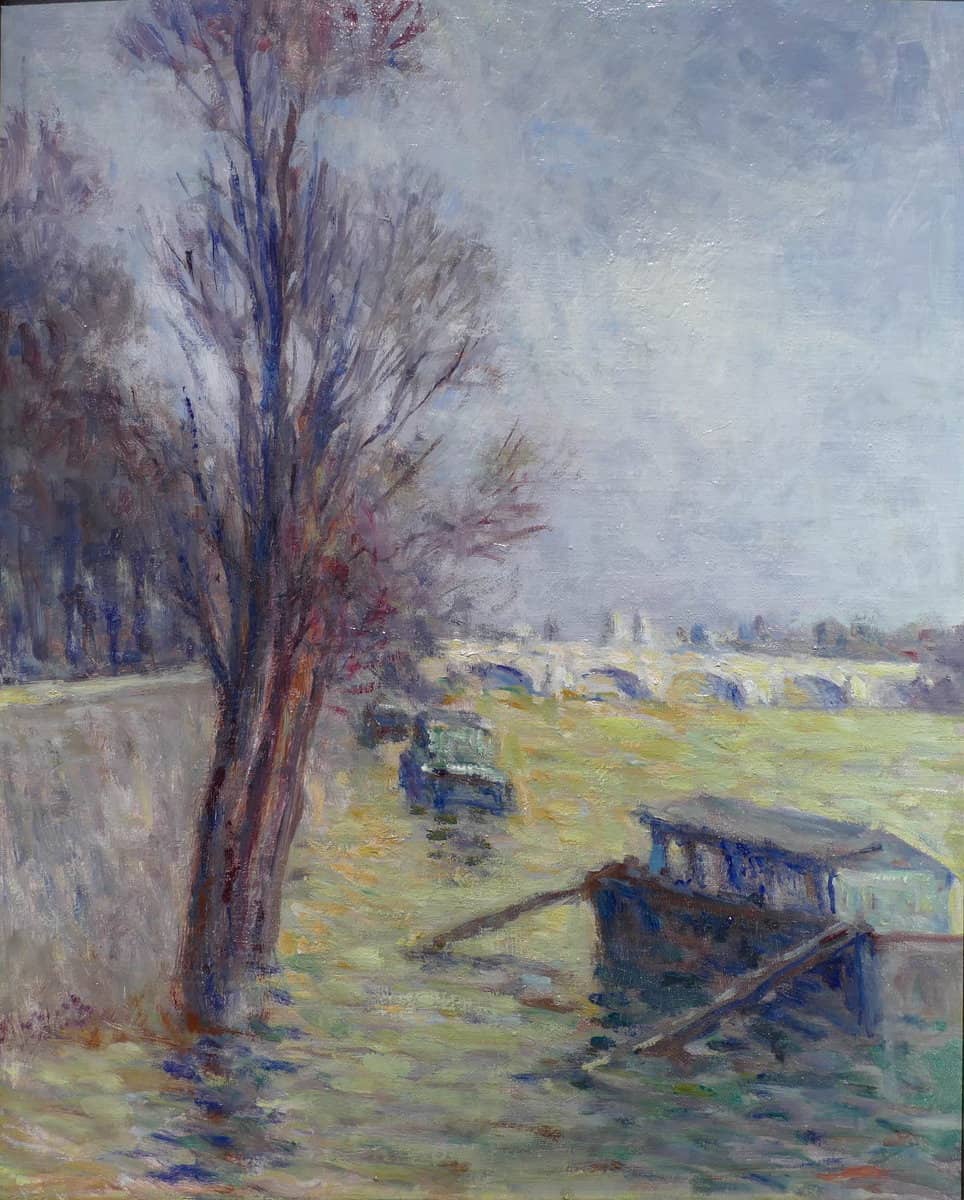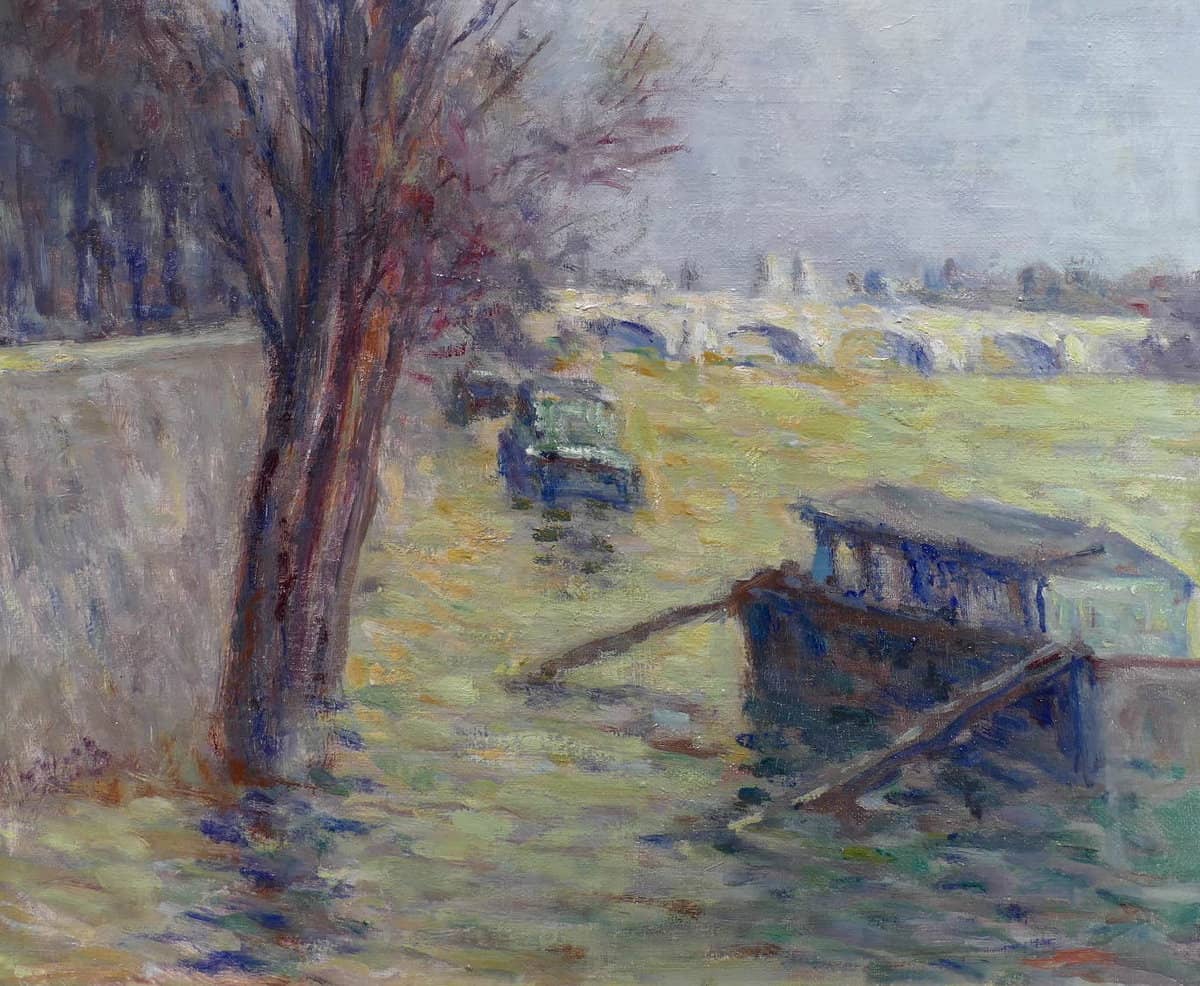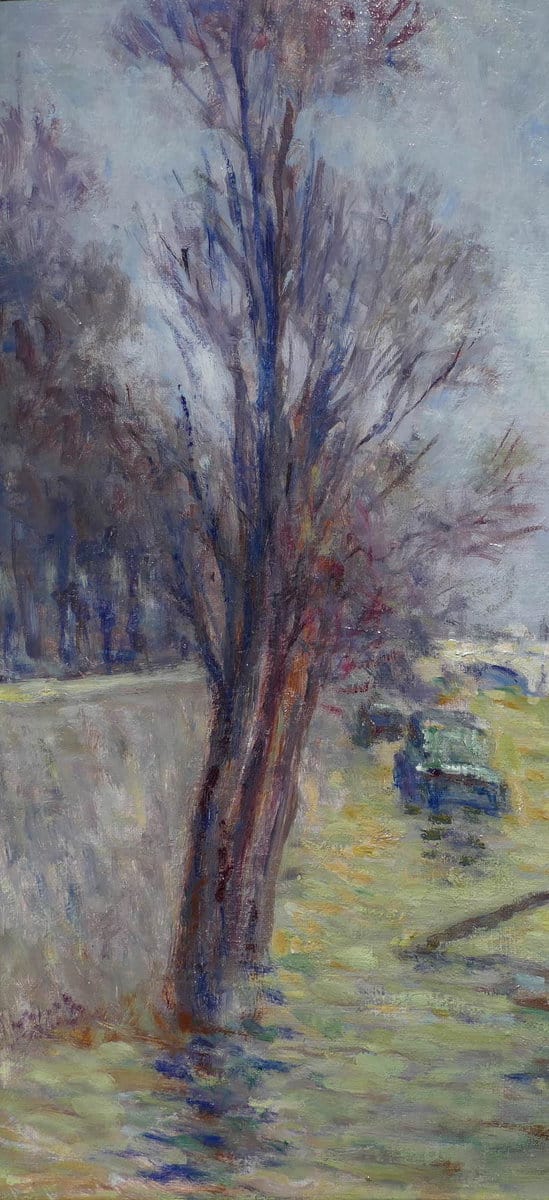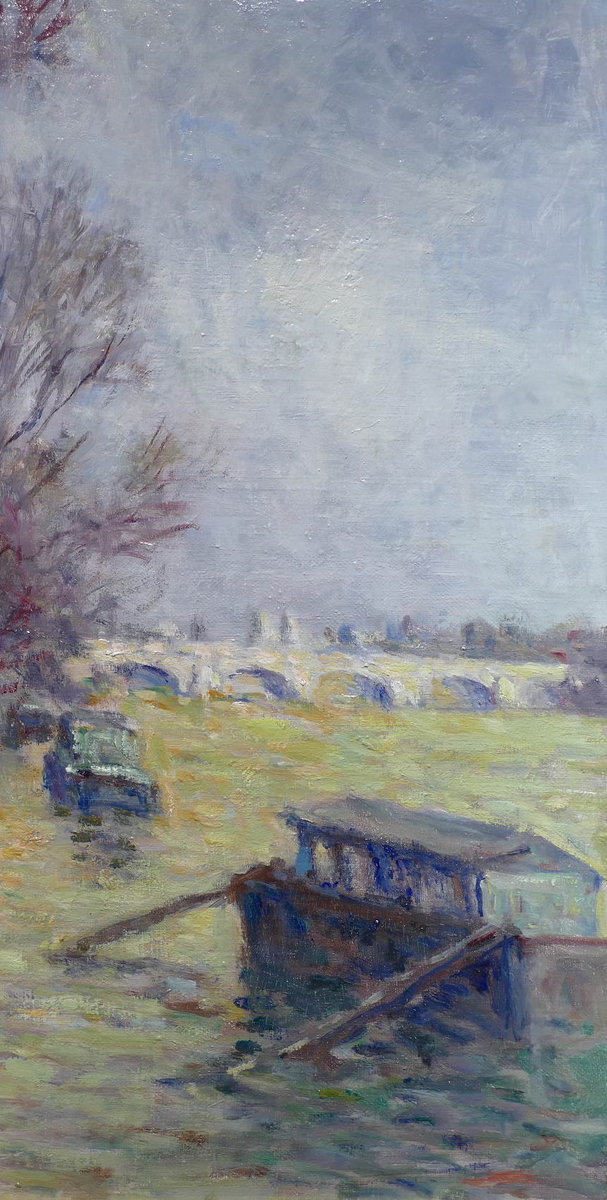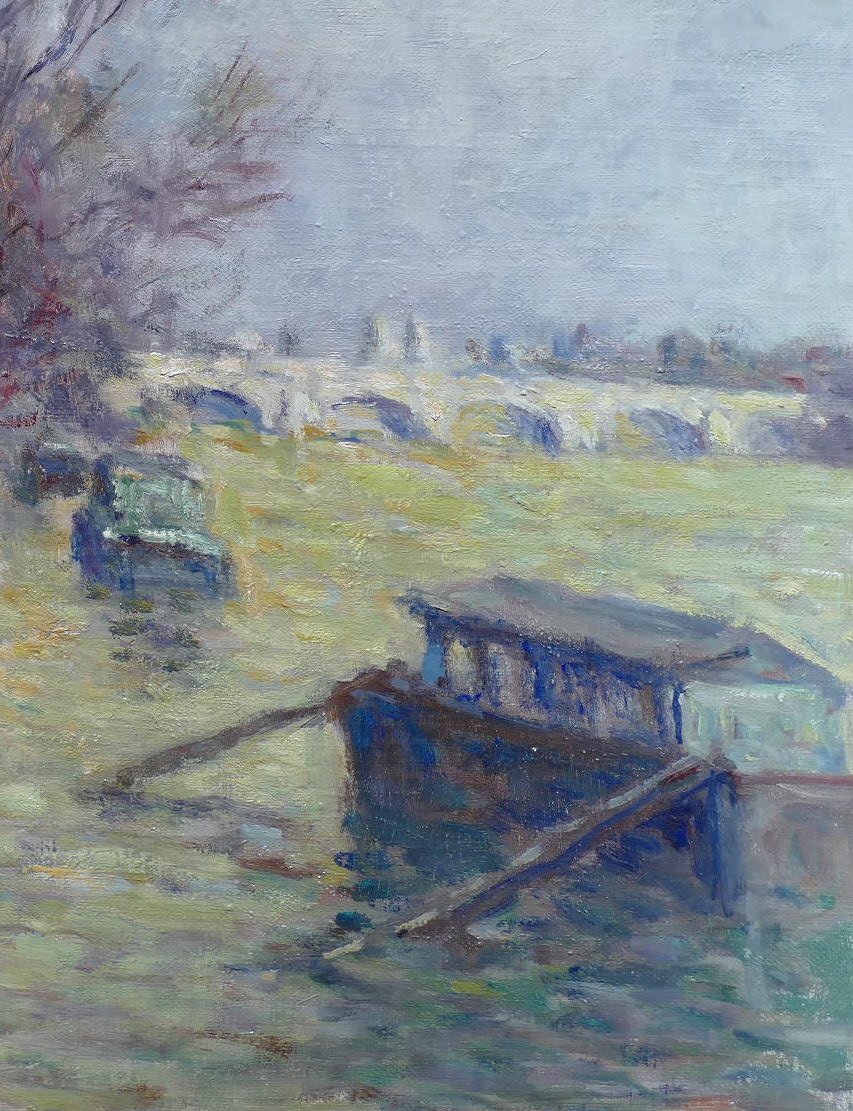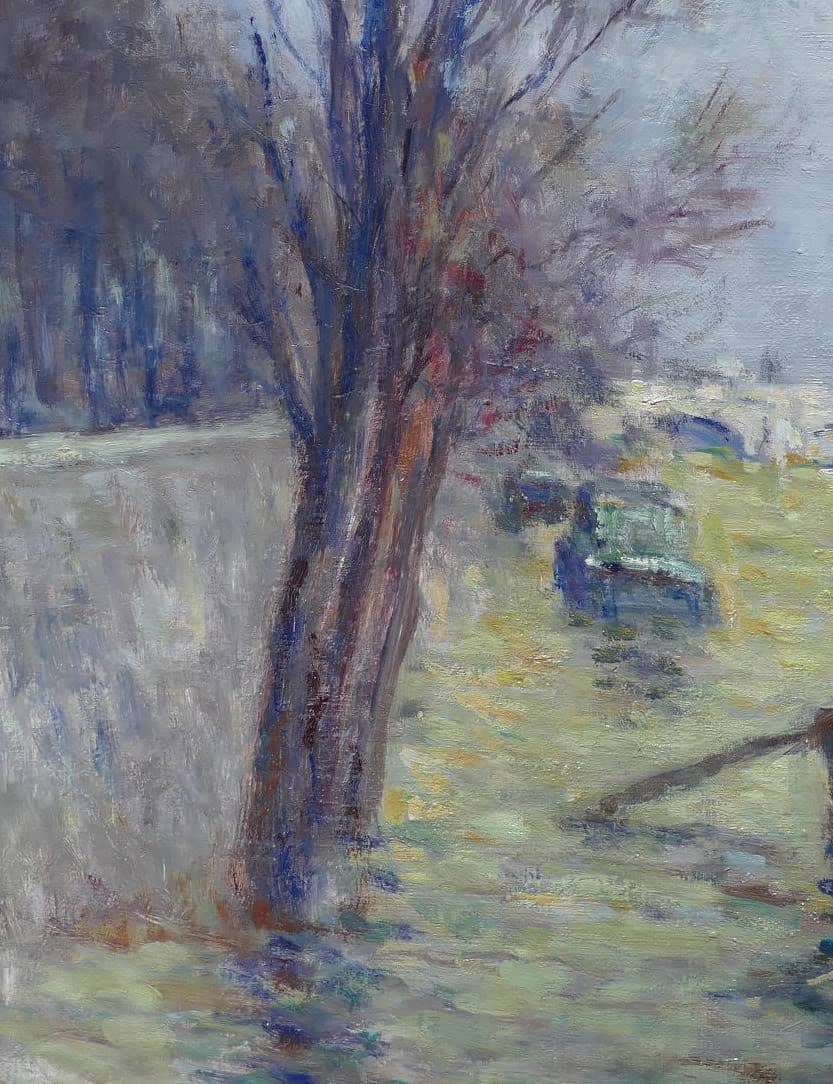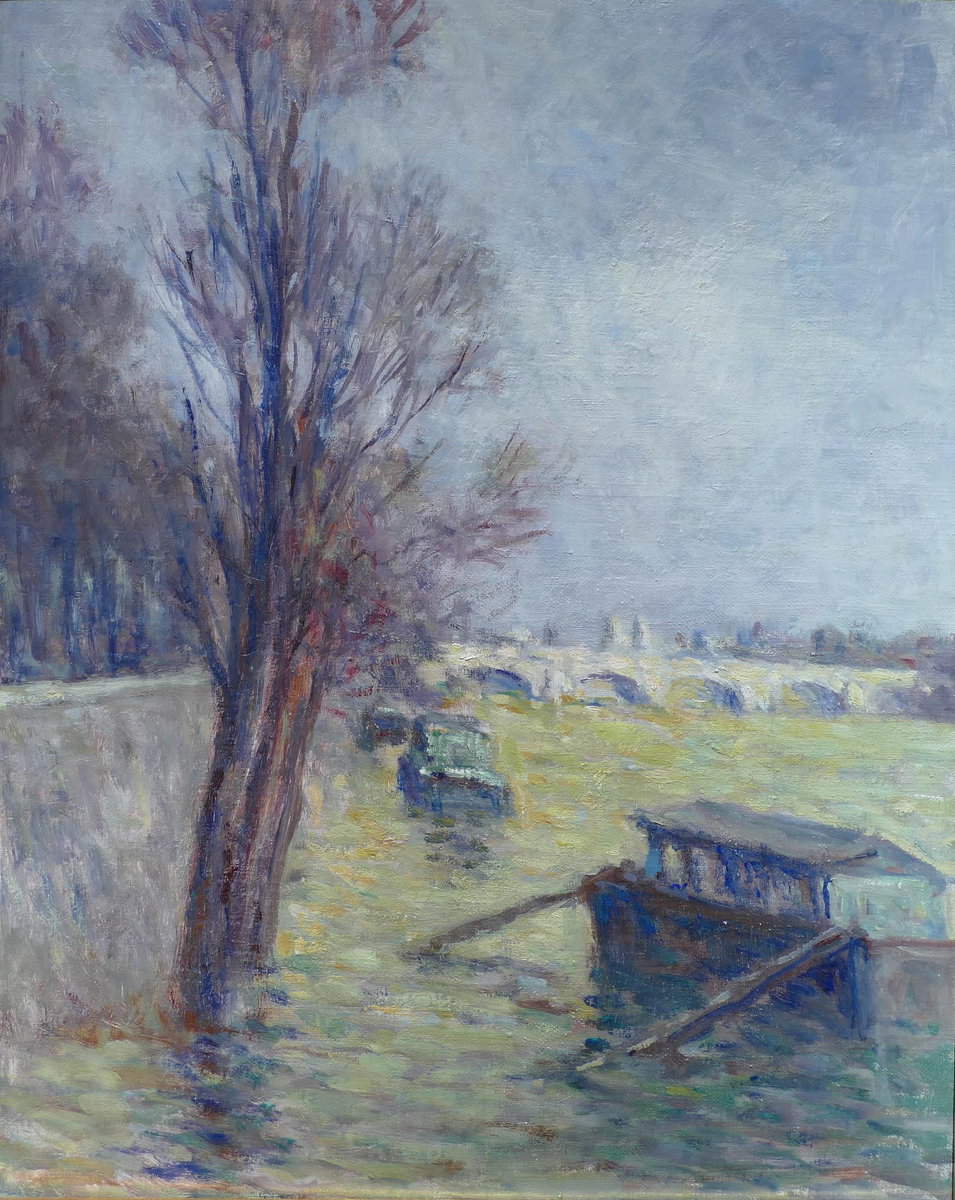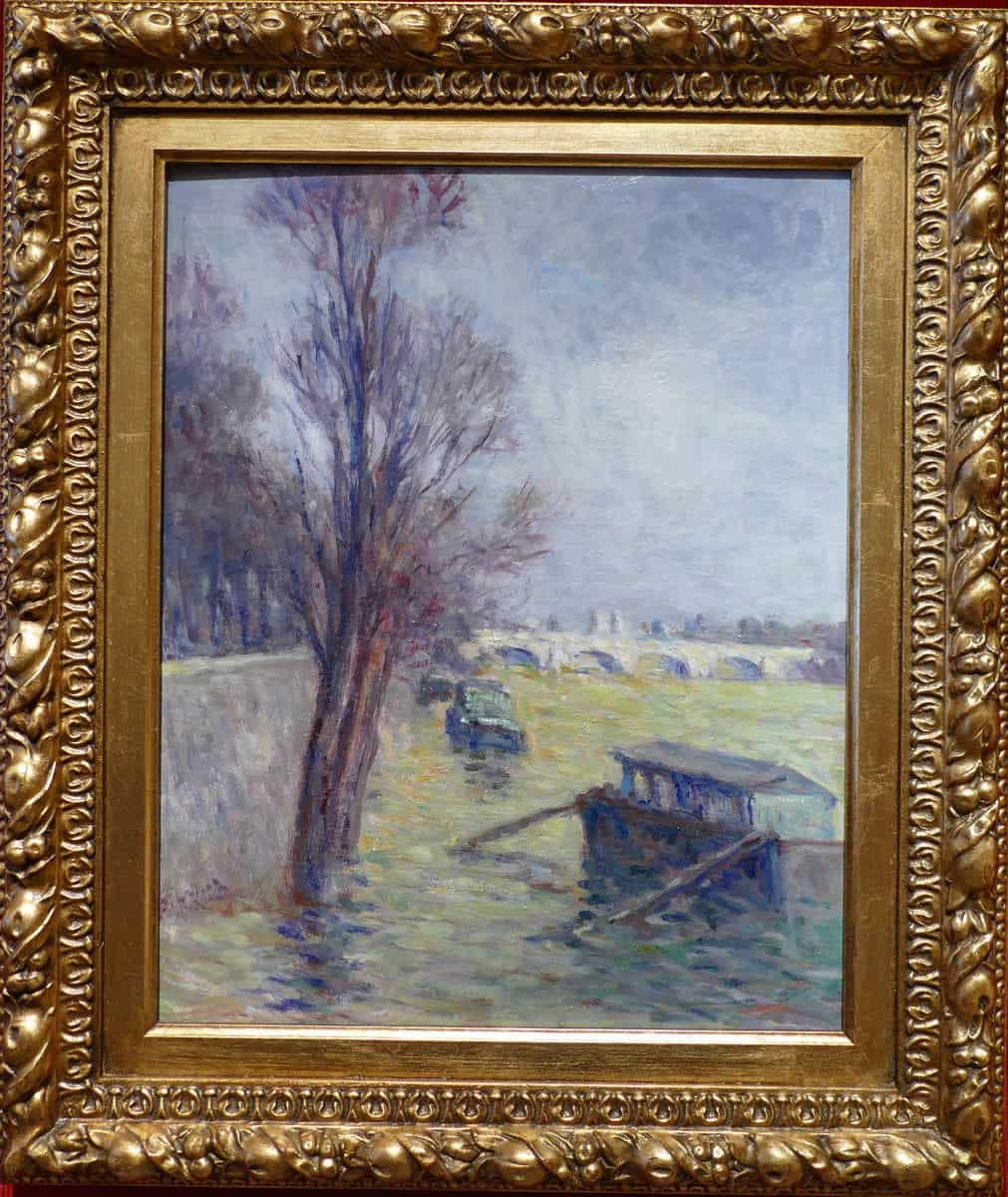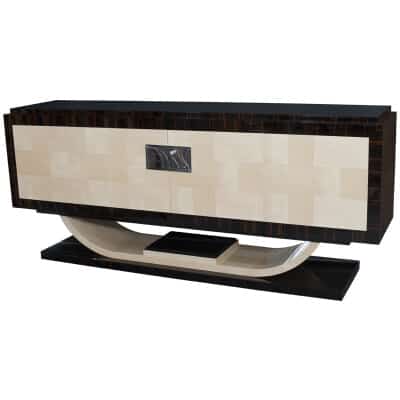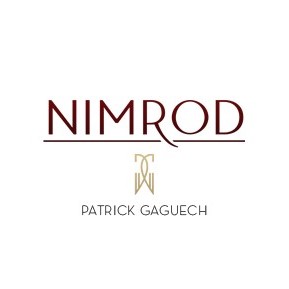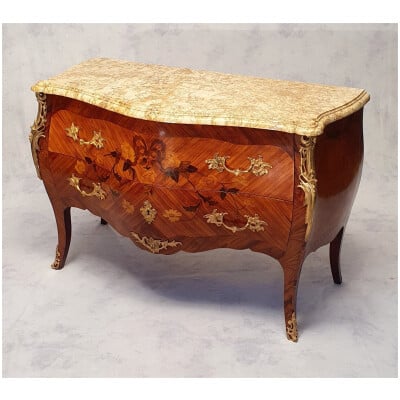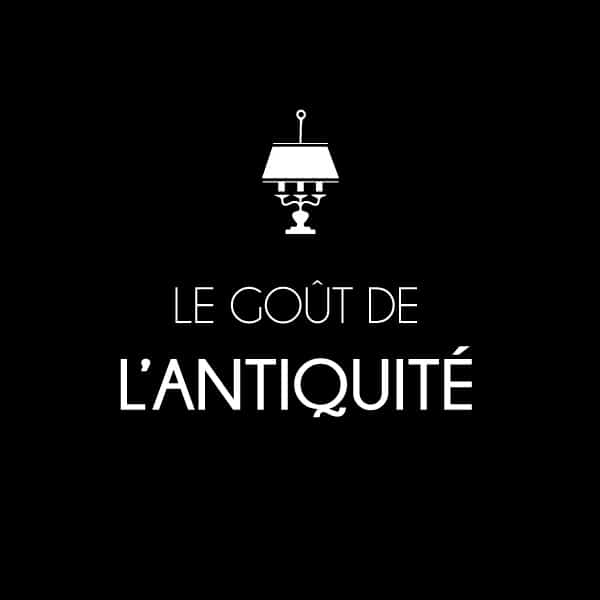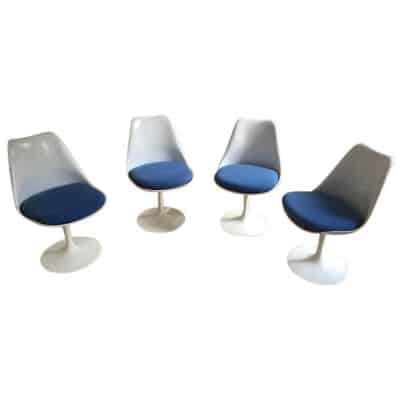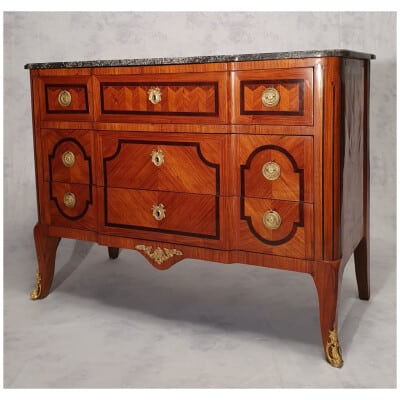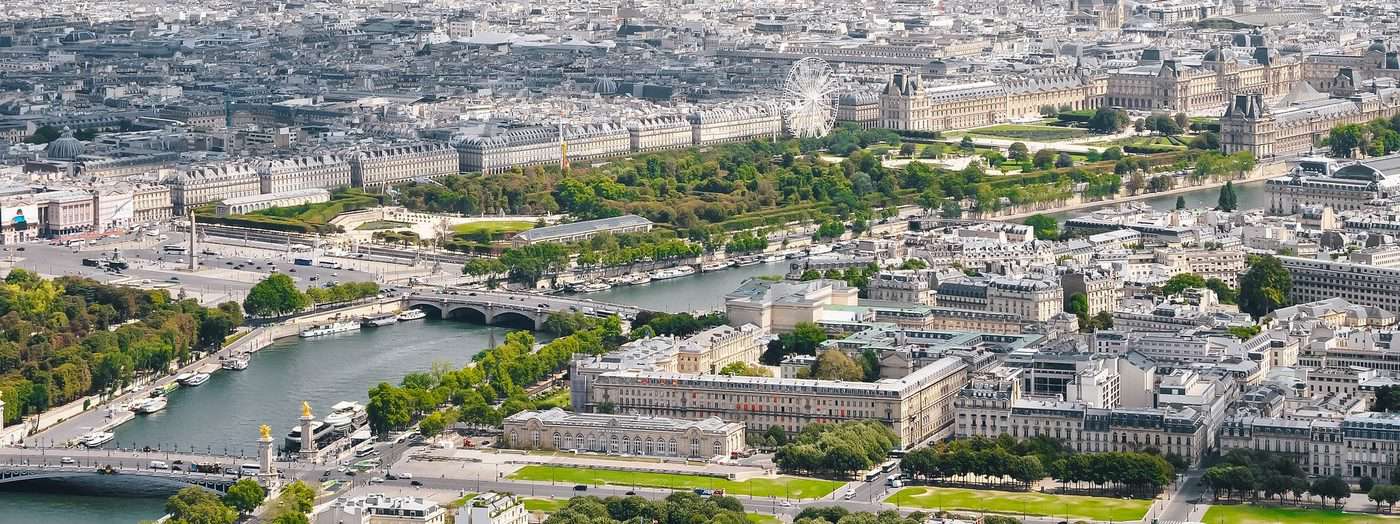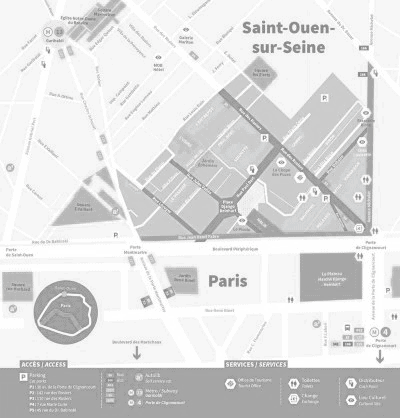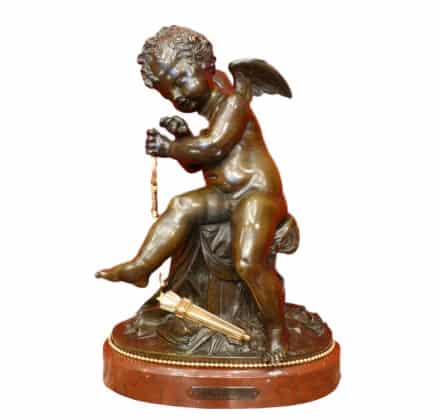
cATaLogUE Des PucEs
LUCE Maximilien Post-impressionist painting, floods near the Pont Neuf circa 1910 Certificate
Availability:
IN STOCK€24.000,00
LUCE Maximilien Post-impressionist painting, floods near the Pont Neuf circa 1910 Certificate

LUCE Maximilien (1858/1941)
Paris, the floods near the Pont Neuf around 1910.
Oil on canvas mounted on cardboard.
43x32 cm
Certificate of authenticity from Madame Bazetoux, and inclusion in the supplement to the catalog raisonné in preparation.
Maximilien LUCE (1858-1941)
Alongside Seurat de Signac and Cross, Maximilien Luce (1858-941) is essentially situated in the movement of pointillism or divisionism. This period was relatively short in the painter's career, before he devoted himself to a more traditional painting marked by its luminosity and a harmony borrowed from Divisionism and Impressionism. Born in Paris on March 13, 1858 Maximilien Luce first worked as an apprentice. He was 13 when the Parisian people rose up during the days of the Paris Commune. He will always keep the memory of this period with a personal commitment to his former Communard friends. Son of a worker, he will always aspire to an egalitarian ideal, by featuring in his work the most humble workers: those of the construction sites and the steelworks, but also the small trades, the grinder, the pile drivers, the shiners of floors. In 1872, he enrolled in evening classes to become an engraver and in 1876 entered as a skilled worker in an engraving workshop at Froment, which produced engravings for many illustrated newspapers. He left in 1877 with Froment for London and returned to France in 1879 to do his military service, first in Brittany then in Paris where he studied under the direction of Carolus Duran. He wanted to work in the open air, just like the impressionists and that is why he received advice from Camille Pissarro, with whom he befriended, before meeting Paul Signac Georges Seurat, Théo Van Rysselberghe and Louis Valtat founders from the school of the Neo-Impressionists. From then on, interested in research on the effects of light and on the effects of prisms rendered by colors, he worked in a divisionist style, producing numerous pointillist paintings on life and the streets of Paris.
In 1887, Maximilien Luce joined the Société des Indépendants with Paul Signac and took an active part in the exhibitions organized by the group. Wanting to be an active witness of his time, Maximilien Luce adopted this egalitarian ideal, which he staged in his work. This did not prevent him from also composing admirable landscapes by pushing the principles of Impressionism to its extreme consequence by practicing the technique of pointillism. At the same time, he also contributed to anarchist newspapers such as “Le Père Peinard” or “La Révolte” as well as to “L'Assiette au Beurre”, which were widely read at the time. He was involved in the “Trial of the Thirty” in 1894 and found himself imprisoned for 40 days with 22 of his friends for “anarchist activities”, before taking refuge in Charleroi where he made divisionism known in Belgium. Pissarro, Signac, Cross and the art critic Fénelon support Luce in his fight against inequalities. Always haunted by the memory of the Commune, he painted around 1910, “Vive la Commune”, after Honoré Daumier, and around 1917, he composed the tragic “Execution of Varlin”. Eugène Varlin was one of the highest figures of the March revolution, arrested on May 28, 1871, arrested, mutilated, disfigured, and dragged to the top of Montmartre, he was executed without trial. From the 1910s, Maximilien Luce, considering having exploited everything from the divisionist technique, then moved towards a less strict technique by painting urban scenes and by multiplying the representations of men at work in a post-impressionist style. Installed in Rolleboise from 1920, he then produced many paintings representing landscapes less appreciated than his previous works. In 1935, he succeeded Paul Signac as president of the Society of Independent Artists, a position from which he resigned during the German occupation to protest against the ban on Jewish artists exhibiting. During his career, Maximilien Luce produced a large number of oils, drawings and illustrations, especially in his early days, as well as lithographs. He also maintained a constant correspondence with many painters, such as Seurat, Van Rysselberghe and Valtat, before dying in Paris on February 6, 1941.
Museums:
Besançon; Museum of Fine Arts and Archeology
- Riverside
Paris; Louvre Museum Department of Graphic Arts
- On the way,
- Expanse of calm water in front of a shore,
- Kultur,
- Review,
- Departure,
- The return
- Landscape with figures resting under trees
- River landscape,
- Portrait of Georges Seurat, seated, half-length, wearing a red jacket
- River lined with trees
Paris; Orsay Museum
- The Louvre and the Pont Neuf, at night
Rennes; Museum of Fine Arts
- TWO SITTING WOMEN
- WOMAN STANDING WITH JOINED HANDS
- MAN IN BICORN, FRONT SEEN
- MAN STANDING HANDS IN POCKETS
- STANDING MAN, BENDING
- STANDING MAN, SEEN FROM BACK, A SEAL AT HIS FEET
- STANDING MAN
- MAN IN CAP
- MAN SEEN FROM BACK
- YOUNG MAN STANDING
- WORKERS REST UNDER A BRIDGE
Dijon; Museum of Fine Arts
- Portrait of Léo Gausson
Giverny; Impressionism Museum
Granville; Richard Anacréon Museum
- Saint Tropez
Grenoble; Grenoble Museum
- Bouquet
- The end of the day. Cement tank tops
Paris; Orsay Museum
- THE SEINE AT HERBLAY
- THE QUAI SAINT MICHEL ET NOTRE-DAME
- THE PILE DRUMMERS
- THE PERMISSIONARIES
- MAN'S PORTRAIT
- PORTRAIT OF CROSS
- PORTRAIT OF FELIX FENEON (1861-1944)
– QUAI DE BOULOGNE, PONT DE SAINT CLOUD
- A RUE DE PARIS UNDER THE MUNICIPALITY (May 1871)
Paris; Museum of European and Mediterranean Civilizations
- The old athlete
Rouen; Museum of Fine Arts
- Construction site in Paris
Saint Tropez ; Annonciade Museum
- Canal in the north of France
- Citadel Coast
- Portrait of Lucie Cousturier
- View of the Gulf of Saint-Tropez
Troyes; Modern Art Museum
- Garden seen from a high window
- THE TERRACE
Versailles; Lambinet Museum
- Church of Gisors
- The fountain (Moulineux)
- Paris, view of the Seine, at night
- Paris, Saint-Gervais church
- Landscape of Normandy, Bazincourt
- Village of Yonne, Cussy-les-Forges
International Museums
Art Institute of Chicago, USA
Cleveland Museum of Art, USA
Davis Museum and Cultural Center, (Wellesley College)
Fine Arts Museums of San Francisco, USA
Harvard University Art Museums
Honolulu Museum of Art
Indiana University Art Museum (Bloomington)
Indianapolis Museum of Art, USA
Los Angeles County Museum of Art, USA
Metropolitan Museum of Art, New York, USA
Minneapolis Institute of Arts, USA
The Museum of Fine Arts, Houston, Texas, USA
New Art Gallery (Walsall, England)
Palazzo Ruspoli (Rome)
Portland Museum of Art (Maine) USA
Princeton University Art Museum, USA
Saint Louis Art Museum (Missouri), USA
San Diego Museum of Art (California), USA
Thyssen-Bornemisza Museum (Madrid)
Wallraf-Richartz Museum (Cologne, Germany)
- Saint-Tropez, 1892,
- Notre Dame, View from Quai Michel, 1901/1904
Violindingres.fr
Availability:
IN STOCK| Locations | |
|---|---|
| Century | |
| Style | |
| Object Type |
Questions and general requests
There are no inquiries yet.
Share this sheet:
Similar products
-
Furniture
SIDEBOARD
-
-
-
